Polyester is the second most used textile in the world and an environmental menace, especially because most of it never gets recycled. The fabric, a blend of plastic and cotton, has been difficult for the industry to separate and therefore recycle. Now, a group of young chemists from the University of Copenhagen has invented a green and surprisingly simple solution using a single household ingredient.
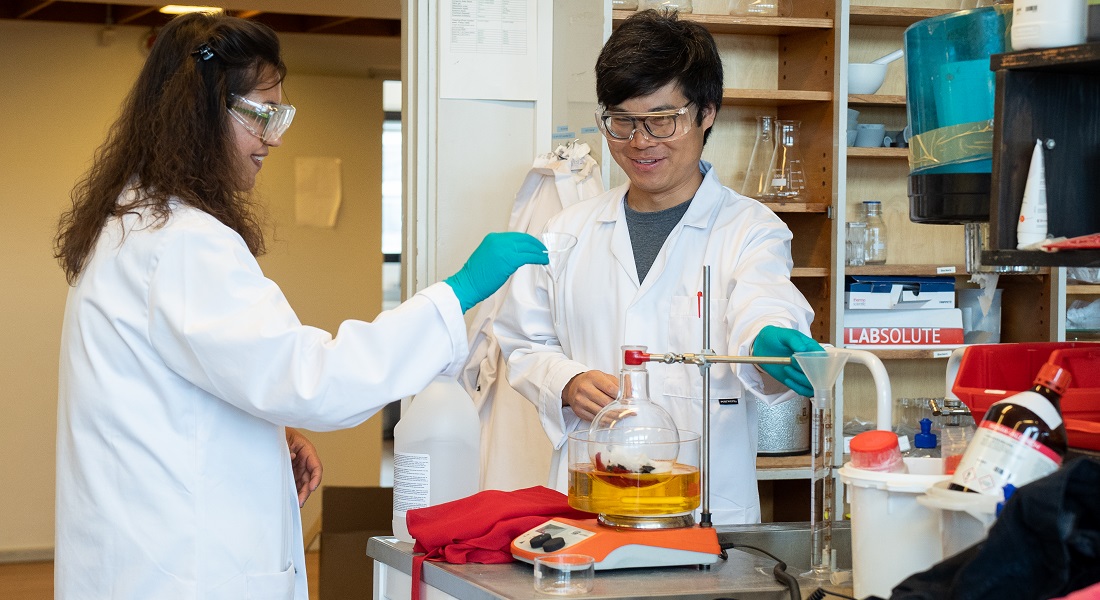
From clothes to sofas to curtains, polyester dominates our everyday lives, with a staggering 60 million tons of this popular fabric produced annually. However, polyester production takes a toll on the climate and the environment, as only a mere 15% of it is recycled, while the rest ends up in landfills or incinerated, being responsible of more carbon emission.
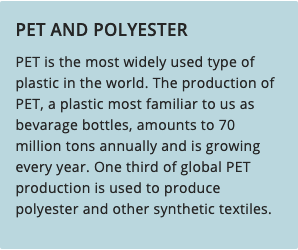
Recycling polyester poses a significant challenge, particularly in separating the plastic and cotton fibers that the blend fabric is made of without losing either of them in the process. Conventional recycling methods often prioritize preserving the plastic component, resulting in a loss of cotton fibers. Moreover, these methods are costly, complex, and generate metal waste due to the use of metal catalysts, which can be cytotoxic and contaminate the process.
In a remarkable breakthrough, a group of young chemists has unveiled a surprisingly simple solution to this pressing problem, potentially revolutionizing the sustainability of the textile industry.
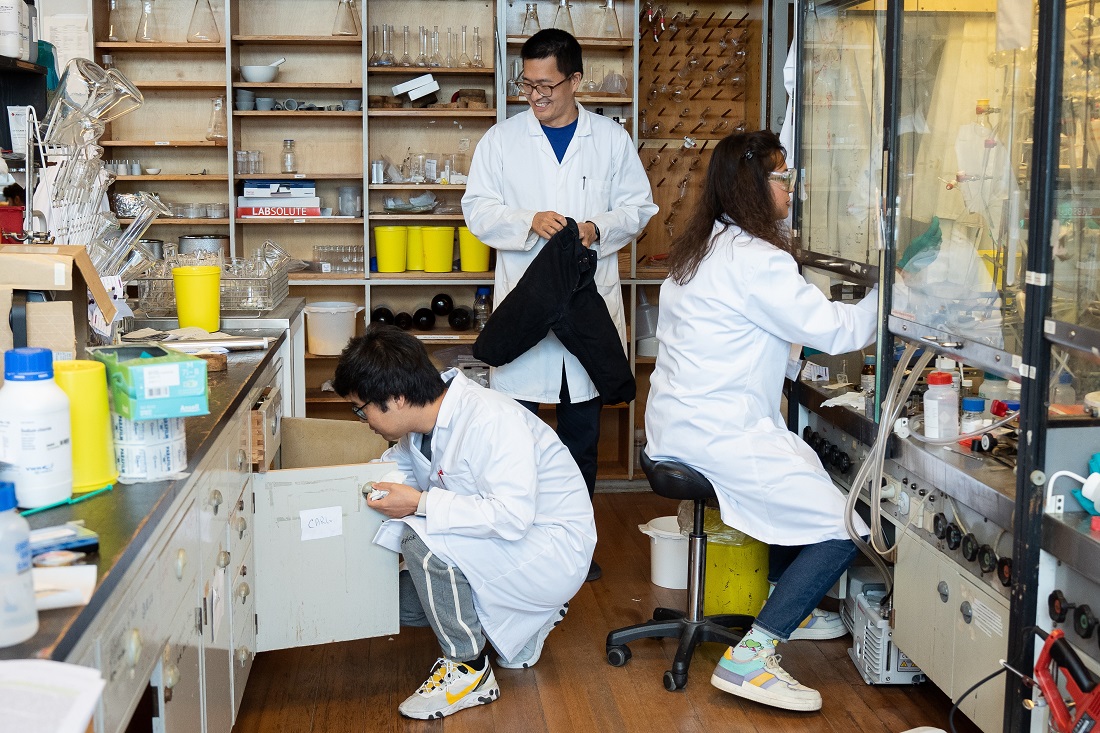
“The textile industry urgently requires a better solution to handle blended fabrics like polyester/cotton. Currently, there are very few practical methods capable of recycling both cotton and plastic—it’s typically an either-or scenario. However, with our newly discovered technique, we can depolymerize polyester into its monomers while simultaneously recovering cotton on a scale of hundreds of grams, using an incredibly straightforward and environmentally friendly approach. This traceless catalytic methodology could be the game-changer,” explains postdoc Yang Yang of the Jiwoong Lee group at the University of Copenhagen‘s Department of Chemistry, who serves as the lead author of the scientific research article.
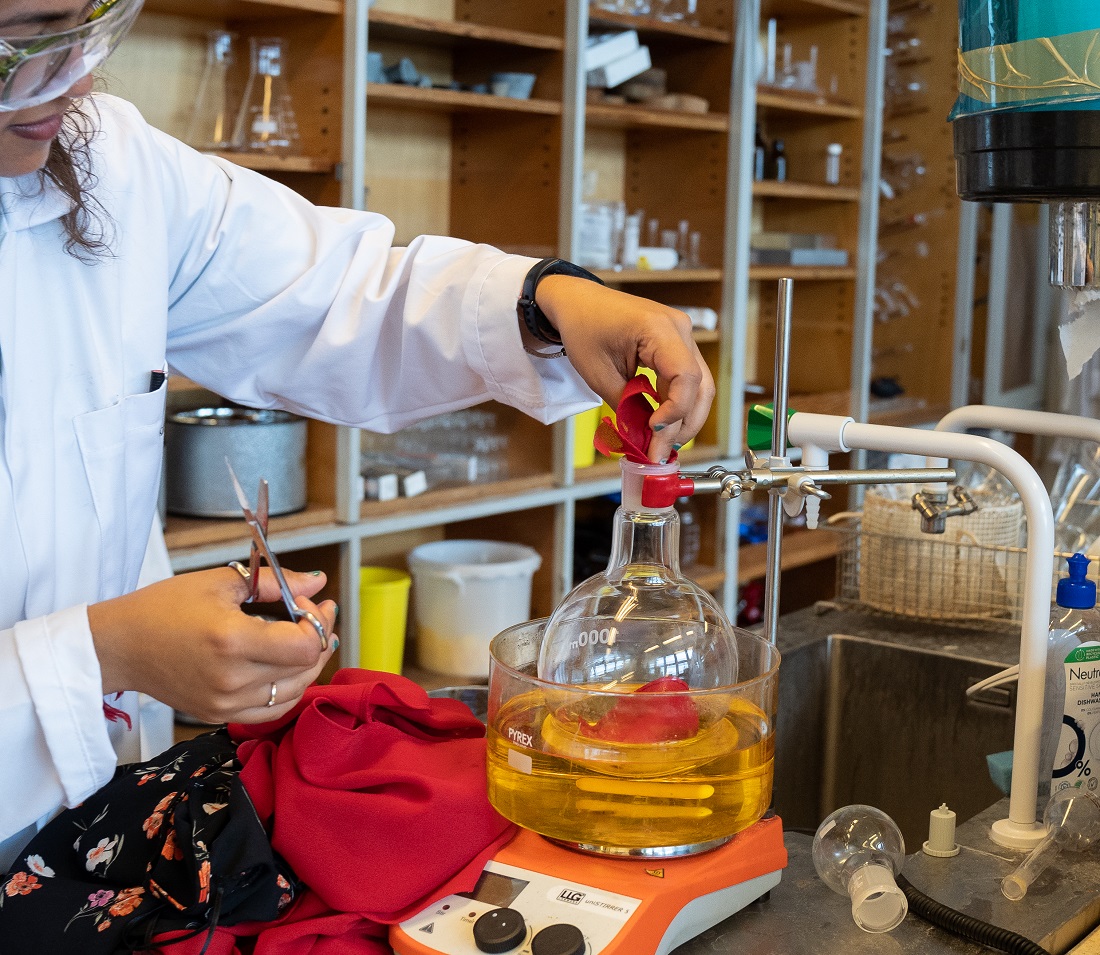
Hartshorn salt and 24 hours in the ‘oven’
The new method requires no special equipment – just heat, a non-toxic solvent, and an ordinary household ingredient.
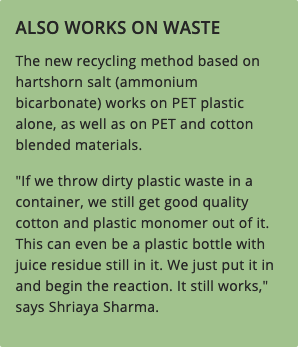
“For example, we can take a polyester dress, cut it up into small pieces and place it in a container. Then, add a bit of mild solvent, and thereafter hartshorn salt, which many people know as a leavening agent in baked goods. We then heat it all up to 160 degrees Celsius and leave it for 24 hours. The result is a liquid in which the plastic and cotton fibers settle into distinct layers. It’s a simple and cost-effective process,” explains Shriaya Sharma, a doctoral student of the Jiwoong Lee group at the Department of Chemistry and study co-author.
In the process, the hartshorn salt, also called ammonium bicarbonate, is broken down into ammonia, CO2 and water. The combination of ammonia and CO2 acts as a catalyst, triggering a selective depolymerization reaction that breaks down the polyester while preserving the cotton fibers. Although ammonia is toxic in isolation, when combined with CO2, it becomes both environmentally friendly and safe for use. Due to the mild nature of the chemicals involved, the cotton fibers remain intact and in excellent condition.
Previously, the same research group demonstrated that CO2 could serve as a catalyst for breaking down nylon, among other things, without leaving any trace. This discovery inspired them to explore the use of hartshorn salt. Nevertheless, the researchers were pleasantly surprised when their simple recipe yielded successful results.
“At first, we were excited to see it work so well on the PET bottles alone. Then, when we discovered that it worked on polyester fabric as well, we were just ecstatic. It was indescribable. That it was so simple to perform was nearly too good to be true,” says Carlo Di Bernardo, doctoral student and study co-author.
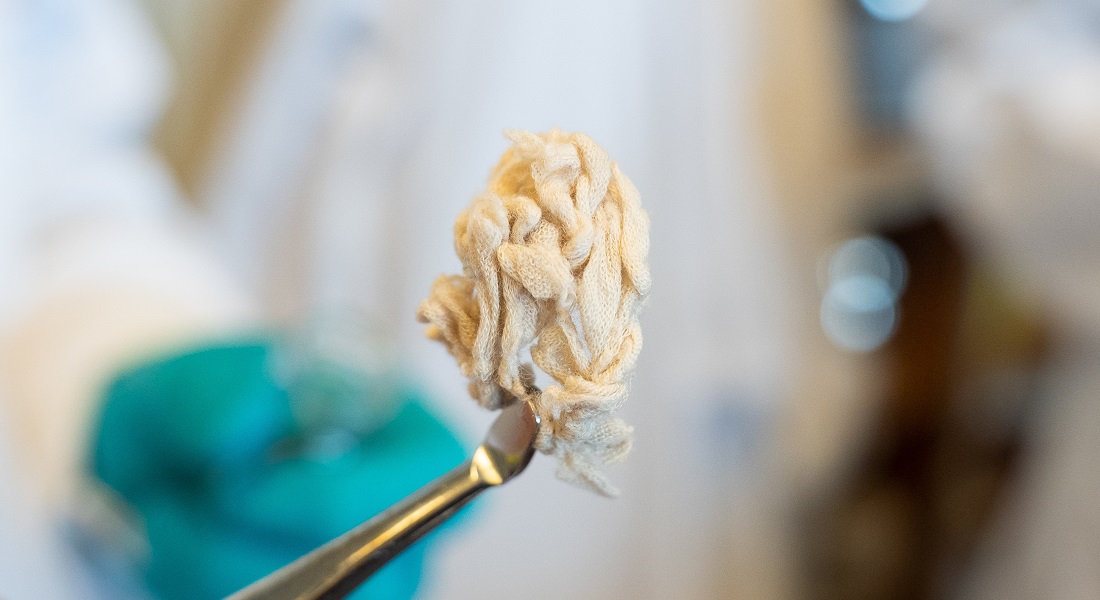
While the method has only been tested at the laboratory level thus far, the researchers point to its scalability and are now in contact with companies to test the method on an industrial scale.
“We’re hoping to commercialize this technology that harbors such great potential. Keeping this knowledge behind the walls of the university would be a huge waste,” concludes Yang Yang.
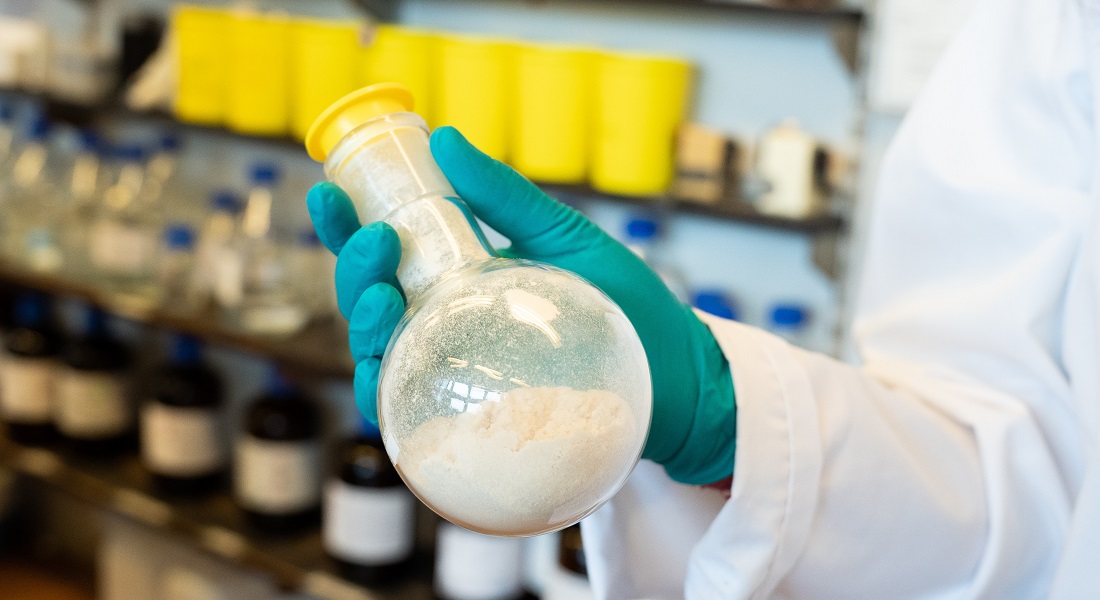
About the study
- The research was conducted by Yang Yang, Shriaya Sharma, Carlo di Bernardo, Rodrigo Lima, Fadhil S. Kamounah, Margarita Poderyte and Ji-Woong Lee from the Department of Chemistry at the University of Copenhagen, Denmark; Elisa Rossi and Gianluca Ciancaleoni from Università di Pisa, Italy and Kasper Enemark-Rasmussen from DTU Chemistry, Denmark.
- The research article has been published in the journal ACS Sustainable Chemistry & Engineering.
Source
University of Kopenhagen, press release, 2023-08-04.
Supplier
Technical University of Denmark – DTU
University of Kopenhagen
University of Pisa
Share
Renewable Carbon News – Daily Newsletter
Subscribe to our daily email newsletter – the world's leading newsletter on renewable materials and chemicals









